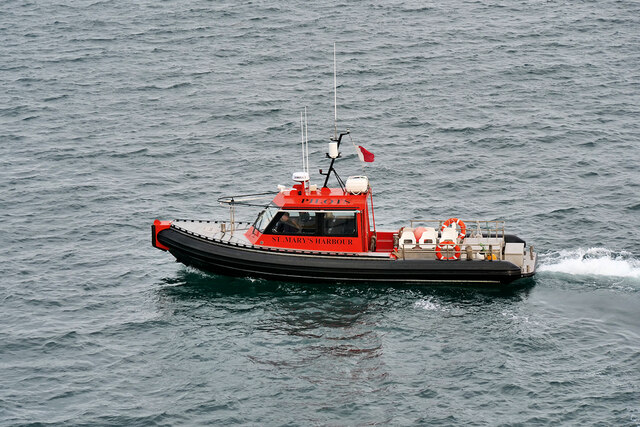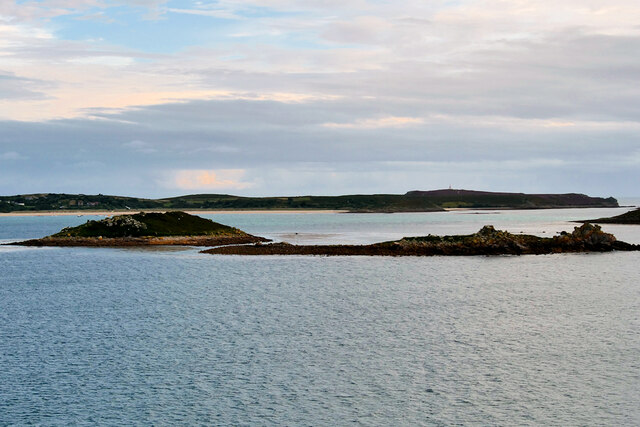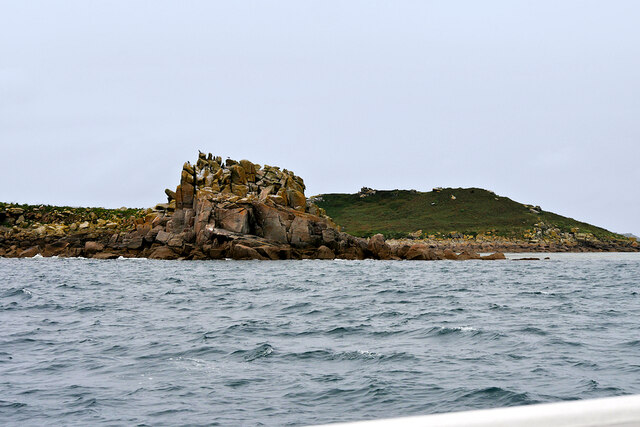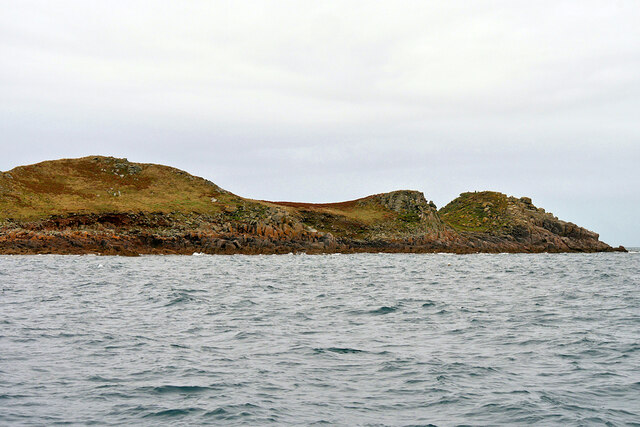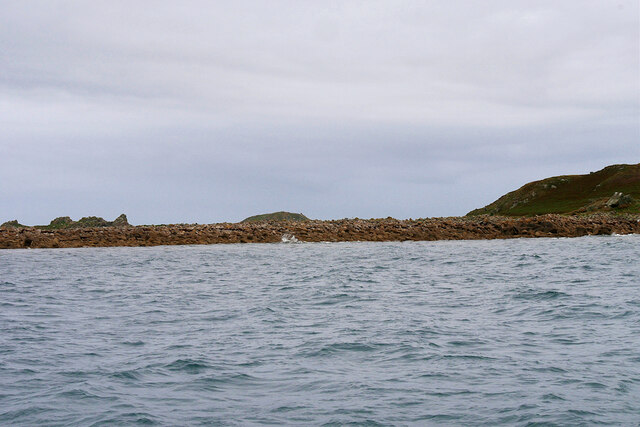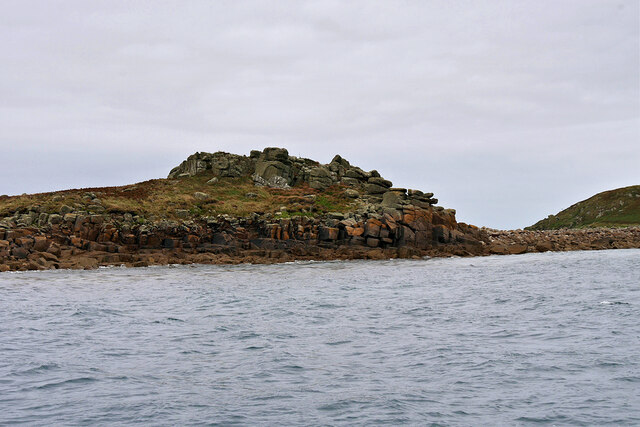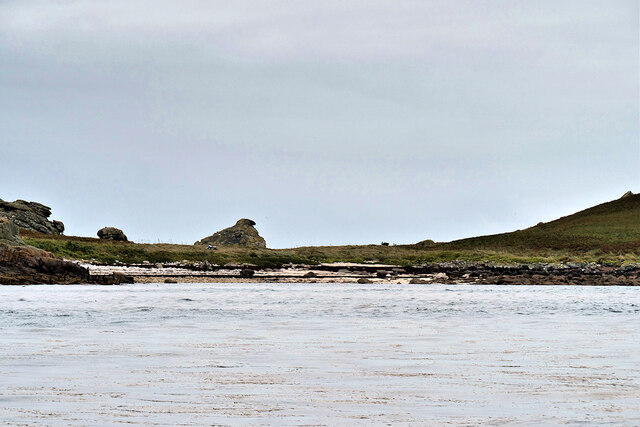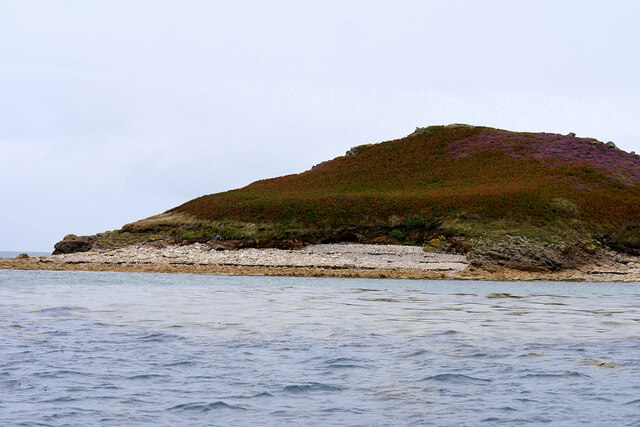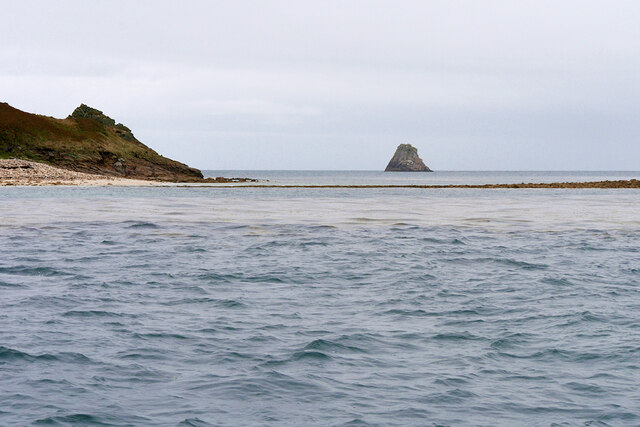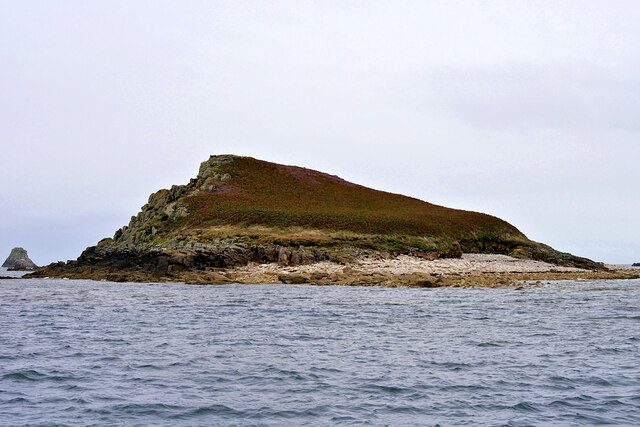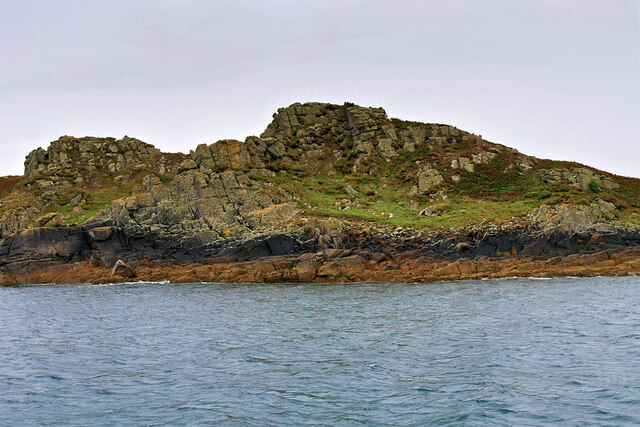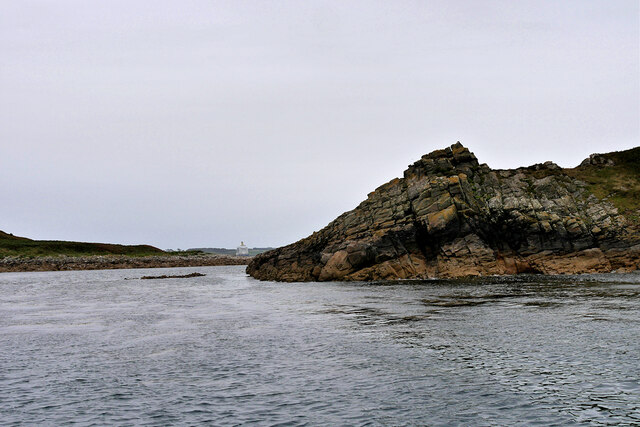Arthur Porth
Bay in Cornwall
England
Arthur Porth
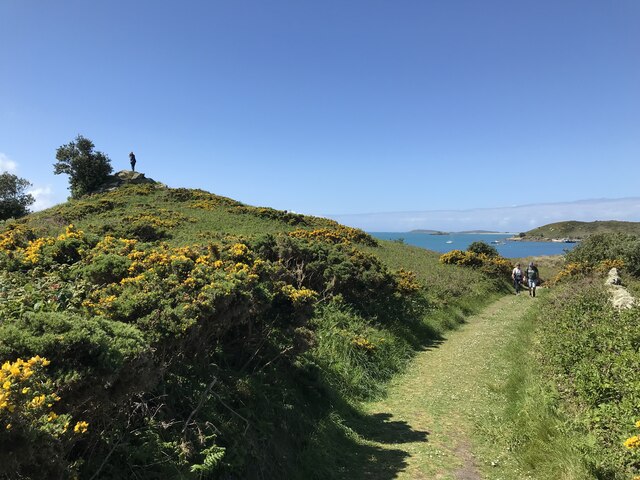
Arthur Porth, Cornwall (Bay) is a picturesque coastal region located in southwest England. Situated in the county of Cornwall, Arthur Porth is known for its stunning natural beauty, sandy beaches, and rich history.
The bay is surrounded by rugged cliffs, providing a dramatic backdrop to the crystal-clear waters. The sandy beach stretches for miles, offering ample space for sunbathing, picnicking, and beach activities. The beach is also popular among surfers, due to its excellent waves and challenging conditions.
Arthur Porth is home to a diverse range of wildlife, making it a haven for nature enthusiasts. Visitors can spot various bird species, seals, and even the occasional dolphin or whale. The coastal paths surrounding the bay offer breathtaking views of the sea and are perfect for hiking or cycling.
The area is steeped in history, with remnants of ancient settlements and landmarks. The ruins of Tintagel Castle, purportedly King Arthur's birthplace, can be found nearby. Exploring the castle and its surroundings provides visitors with a fascinating glimpse into the region's rich heritage.
Arthur Porth offers a range of amenities, including cafes, restaurants, and shops, catering to the needs of locals and tourists alike. Accommodation options are plentiful, with a selection of hotels, guesthouses, and holiday cottages available.
In summary, Arthur Porth, Cornwall (Bay) is a captivating coastal region that combines natural beauty, outdoor activities, and historical significance. Whether you are looking for relaxation, adventure, or a cultural experience, Arthur Porth has something to offer everyone.
If you have any feedback on the listing, please let us know in the comments section below.
Arthur Porth Images
Images are sourced within 2km of 49.945391/-6.2646015 or Grid Reference SV9413. Thanks to Geograph Open Source API. All images are credited.
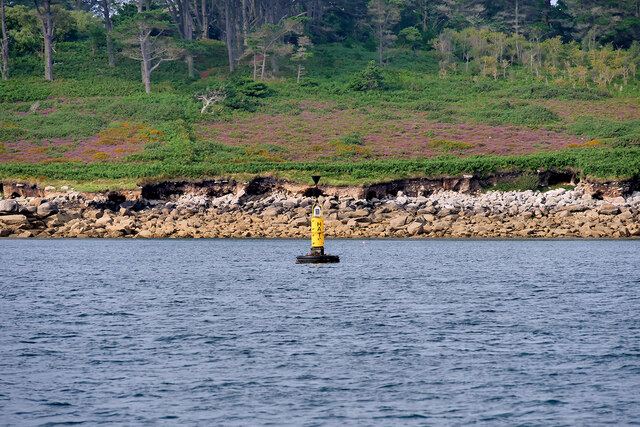
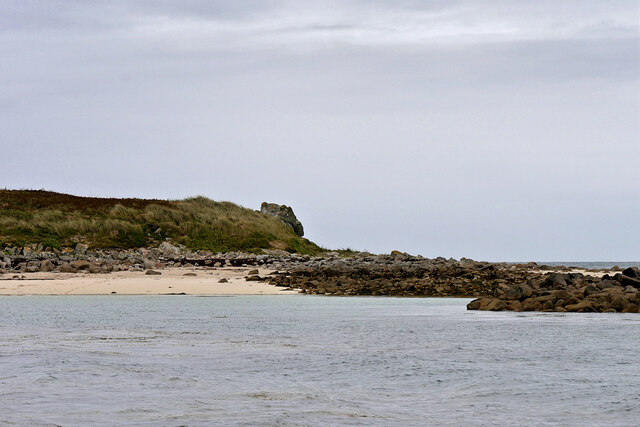
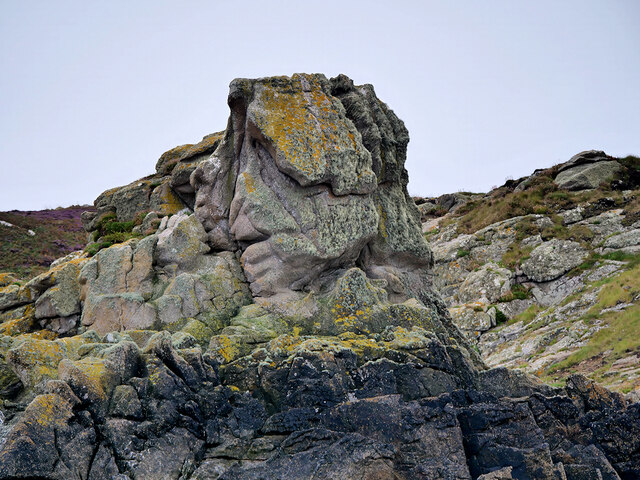
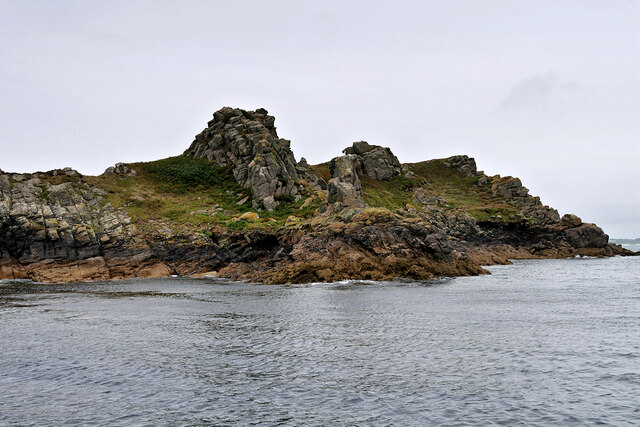
Arthur Porth is located at Grid Ref: SV9413 (Lat: 49.945391, Lng: -6.2646015)
Division: Isles of Scilly
Unitary Authority: Isles of Scilly
Police Authority: Devon and Cornwall
What 3 Words
///teaches.destroyer.president. Near St Martin's, Isles of Scilly
Nearby Locations
Related Wikis
Wheel Wreck
The Wheel Wreck is the remains of a shipwreck lying in Crow sound off Little Ganinick in the Isles of Scilly. The wreck site consists of a discrete mound...
Great Ganilly
Great Ganilly ( gə-NIL-ee; Cornish: Goonhyli Veur, lit. 'great saltwater downs') is one of the Eastern Isles of the Isles of Scilly. It has a maximum total...
Eastern Isles
The Eastern Isles (Cornish: Enesow Goonhyli, islands of the salt water downs) are a group of twelve small uninhabited islands within the Isles of Scilly...
PS Earl of Arran (1860)
PS Earl of Arran was a passenger vessel operated by the Ardrossan Steamboat Company from 1860 to 1871 and the West Cornwall Steam Ship Company from 1871...
Nearby Amenities
Located within 500m of 49.945391,-6.2646015Have you been to Arthur Porth?
Leave your review of Arthur Porth below (or comments, questions and feedback).
